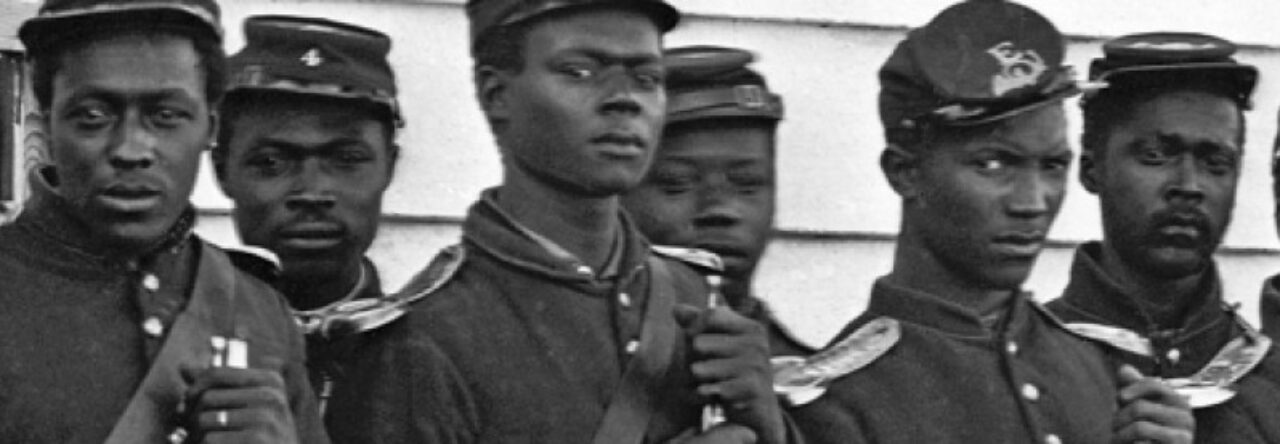Chris Bunin boldly led us into the world of GIS yesterday, and he has provided a number of documents to help you make the technology a part of your teaching.
- Overview: This document includes links and basic details regarding ArcGIS and Google Earth.
- ArcGIS example: Chris also offered this map, including layers revealed and blended by ArcGIS.
- GIS lesson summaries: Chris contributed these lesson summaries from the Virginia Geographic Alliance and more from participants in his Teaching American History Grant.
- Google Fusion Tables: These step-by-step instructions will have you constructing Fusion Tables quickly. And this is the Excel file Chris used during his presentation to demonstrate how to use Fusion Tables.
Toward the end of his presentation, Chris noted that he was excited to hear that no one had explored GIS just yet — because that meant everything he presented was new. And yet, he wishes the technology were more widely used and embraced.
What do you think? Will GIS shape some of your lessons next year? Are there particular aspects of our course that would be easier or more difficult to illustrate using GIS?





